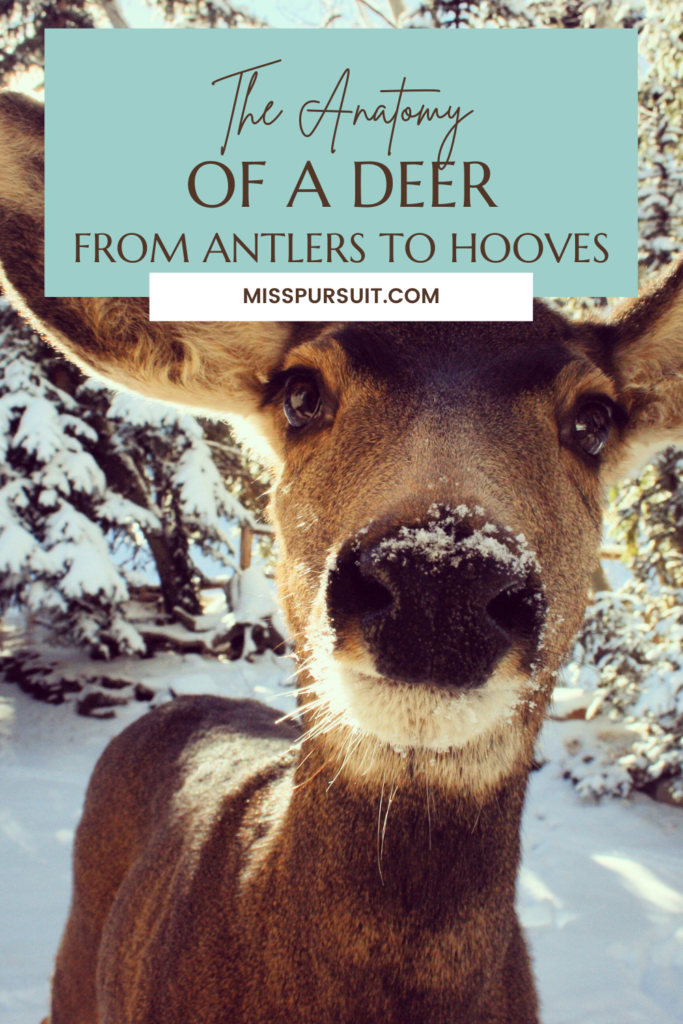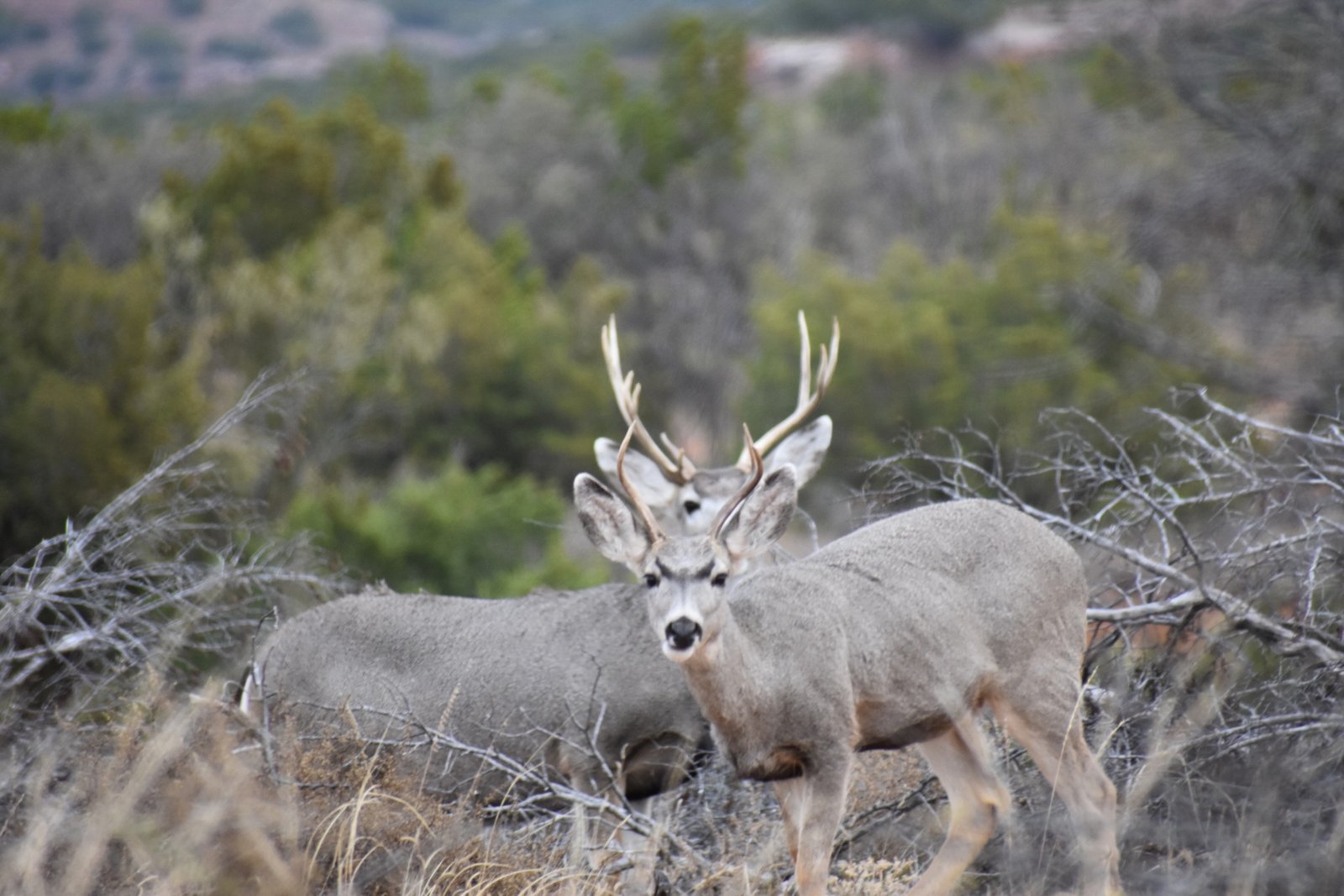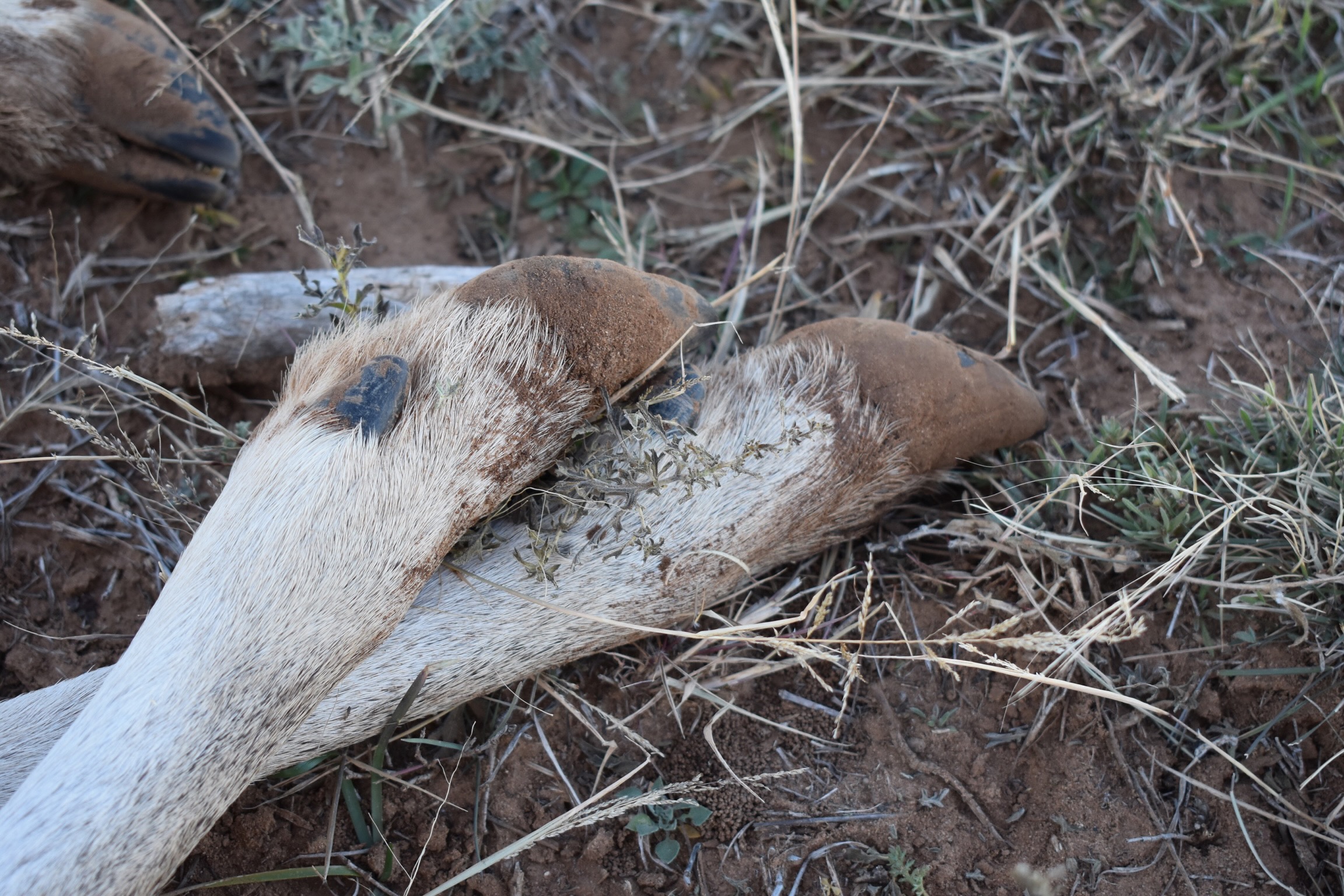Deer are fascinating animals that have captured the attention of humans for centuries. We know we love them (and they are tasty!). From their graceful movements to their impressive antlers, there's no denying that deer are unique creatures. In this article, we'll take a closer look at the anatomy of a deer, exploring its physical features and how they contribute to its survival in the wild.
Introduction to the Anatomy of a Deer
Their unique physical features, such as their antlers and hooves, have made them a popular subject of study and admiration. Whether you're a nature enthusiast or simply curious about these beautiful animals, this article is sure to provide you with a newfound appreciation for the anatomy of a deer.

The Antlers: Growth, Purpose, and Shedding
Antlers are one of the most distinctive features of male deer (buck), and they play an important role in their survival and reproduction. Antlers are made of bone and are grown and shed annually. They begin growing in the spring and are covered in a soft, fuzzy layer called velvet. As the antlers grow, the velvet provides a blood supply to nourish them. Once the antlers are fully grown, the velvet dries up and falls off, revealing the hard, bony antlers underneath. Antlers are used by male deer to establish dominance during mating season and to defend themselves against predators. After mating season, the antlers are shed and the process begins again. Each year. Literally, they grow, shed, grow, and shed each year!
The Head: Eyes, Ears, and Nose
The head of a deer is a fascinating part of its anatomy. The eyes are located on the sides of the head, providing a wide field of vision to detect predators. The ears are also located on the sides of the head and are able to rotate independently to pick up sounds from all directions. The nose of a deer is highly sensitive and is used for both smelling and tasting. Deer have a special gland called the preorbital gland located near their eyes that they use to mark their territory and communicate with other deer. Overall, the head of a deer is a complex and important part of its anatomy.
The Body: Muscles, Bones, and Organs
The body of a deer is built for speed and agility. Their muscles are long and lean, allowing them to run at high speeds for extended periods of time. Their bones are lightweight and strong, with hollow cores that reduce weight while maintaining strength. The organs of a deer are also specialized for their unique lifestyle. For example, their four-chambered stomach allows them to digest tough plant material, while their large liver helps them process toxins found in some plants. Overall, the body of a deer is a marvel of adaptation and efficiency.

The Legs and Hooves: Adaptations for Speed and Agility
The legs and hooves of a deer are some of their most impressive adaptations. Their long, slender legs are designed for speed and agility, allowing them to outrun predators and navigate through dense forests. The hooves of a deer are also specialized for their lifestyle. They are cloven, meaning they are split into two parts, which helps distribute the weight of the deer and provides traction on uneven terrain. Additionally, the hooves are covered in a tough, keratinous material that helps protect the deer's feet from injury. Overall, the legs and hooves of a deer are essential components of their unique anatomy and contribute to their impressive speed and agility.




